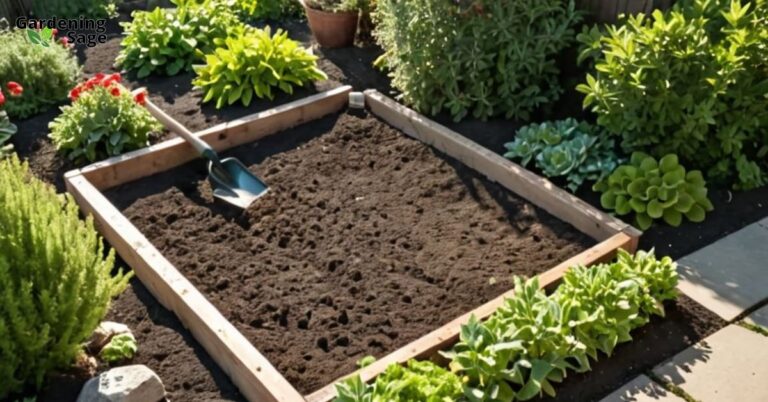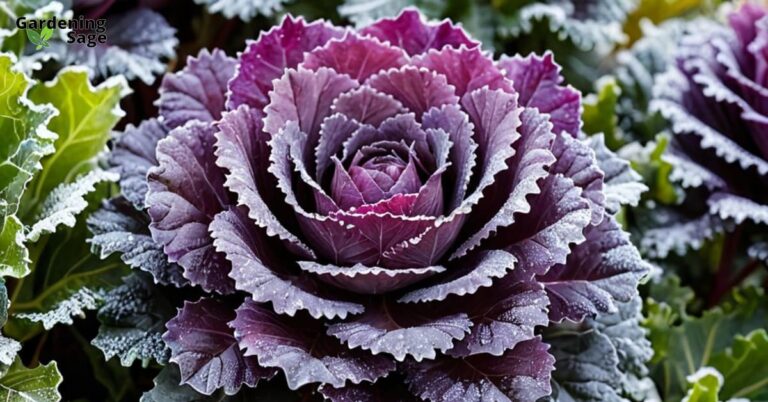As the frost recedes and the first green shoots emerge, gardeners everywhere feel a surge of excitement. Spring brings new life, new challenges, and the promise of a lush, thriving garden. But success in the spring garden doesn’t come by chance, it requires careful planning, preparation, and a keen understanding of plant protection.
This ultimate checklist is your guide to preparing your garden for spring, ensuring your plants have the best possible start.
Understanding Spring Plant Needs
Spring is a time of rapid growth and renewal, but it also brings challenges like fluctuating temperatures, unpredictable weather, and the resurgence of pests and diseases. Your plants will need your support to navigate these challenges successfully.
From selecting the right varieties to providing adequate nutrition and protection, every step you take now will contribute to your garden’s success.
The Ultimate Spring Gardening Checklist
Assess and Prepare the Garden Site
- Clean Up: Remove any debris, dead foliage, and weeds from your garden beds. This not only tidies up your garden but also reduces habitats for pests and diseases.
- Soil Testing and Amendment: Test your soil to determine its pH and nutrient levels. Amend your soil based on the test results to create the ideal growing environment for your plants.
Plan Your Plant Palette
- Choosing the Right Plants: When starting a garden, selecting the right plants is crucial. Consider your climate, soil type, and sunlight availability. Opt for native plants or varieties known for their resilience and suitability to your local conditions.
- Succession Planting: Plan for continuous harvests by staggering planting dates or choosing
varieties with different maturity times.
Implementing Spring Gardening Tips
- Soil Preparation: Enrich your soil with compost or well-rotted manure to improve fertility and structure. This will encourage healthy root development and enhance plant resilience.
- Mulching: Apply a layer of organic mulch around your plants to conserve moisture, regulate soil temperature, and suppress weed growth.
Starting Your Garden: What to Plant
- Early Spring Crops: Consider planting cool-season vegetables like lettuce, spinach, peas, and radishes that can tolerate the cooler temperatures of early spring.
- Frost-Tolerant Annuals: For color, add frost-tolerant annuals such as pansies and snapdragons, which can withstand a light frost.
Pest and Disease Management
- Natural Predators: Encourage beneficial insects that prey on common garden pests by planting a variety of flowering plants.
- Regular Monitoring: Keep an eye on your plants for signs of pests and diseases. Early detection is key to effective management.
Watering Wisely
- Irrigation Planning: As the weather warms, consider your garden’s watering needs. Drip irrigation systems or soaker hoses can provide efficient, deep watering that encourages strong root growth.
Supporting Plant Growth
- Staking and Support: Provide support for tall or climbing plants to protect them from wind damage. Structures like stakes, trellises, and cages can also make maintenance and harvesting easier.














